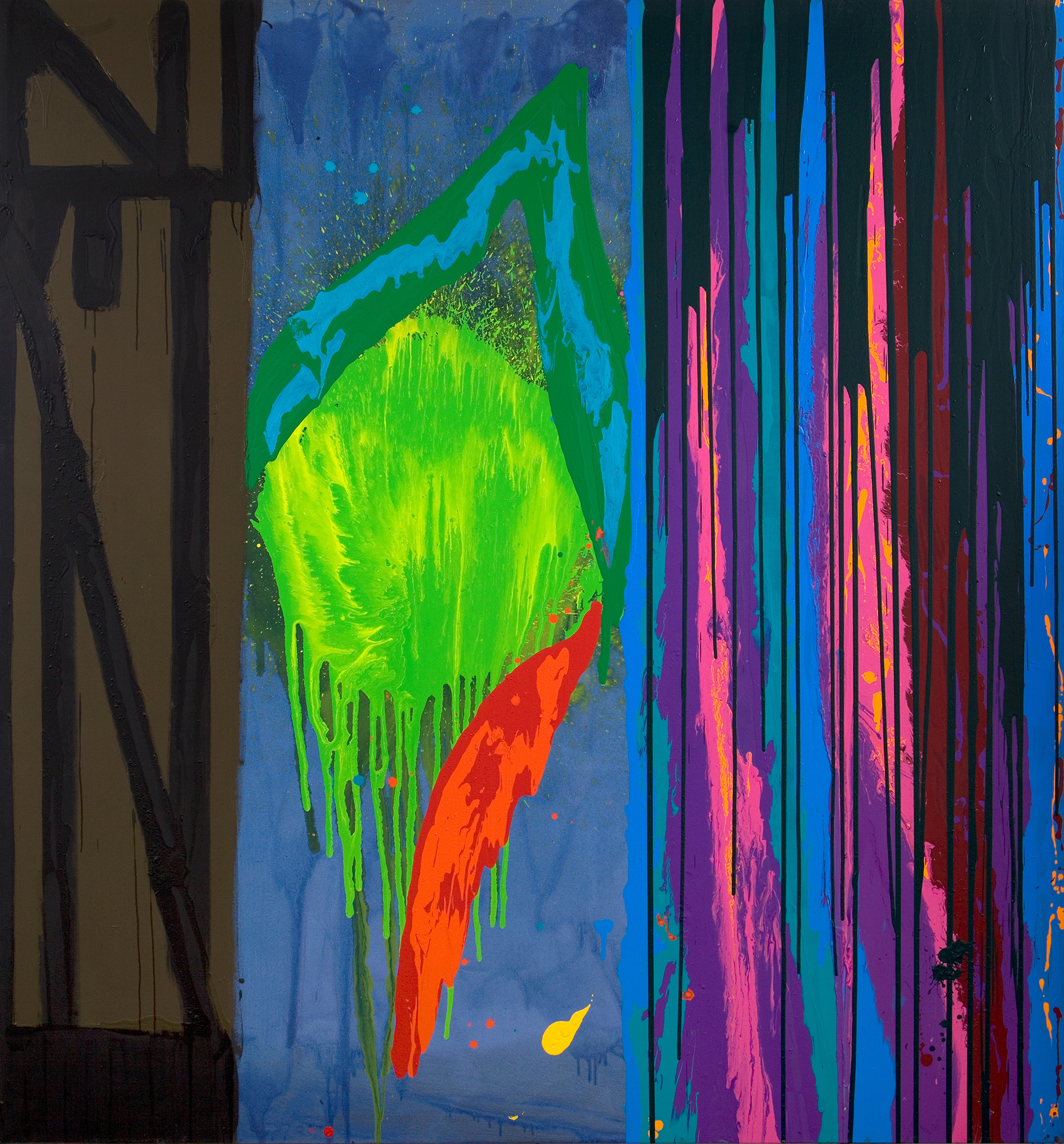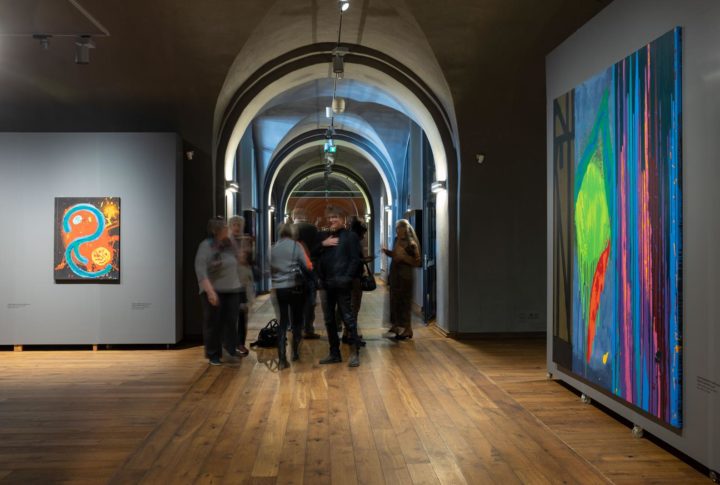THE DOORS OF PERCEPTION: THE PAINTINGS OF JOHN HOYLAND

John Hoyland
John Hoyland has been called ‘Europe’s answer to Mark Rothko’ – and his fellow artist Damien Hirst said that he is ‘by far the most important British abstract painter’.
Born in 1934 in the Northern city of Sheffield, Hoyland, like all artists, is rooted and routed. He is rooted in the post-war English world of class and culture; and he is also routed in terms of his wider imaginative loyalties. In his early works, Rothko and other American abstractionists may have been important. But the most cursory glance at his library of books, not to mention his art, shows that his commitments were much more wide ranging – including to European artists such as Matisse and Miró.
His loyalties stretched even further – he is on record as saying that he didn’t think that European cultures were superior to any others; and his library has many books on Chinese and Japanese painting, on poetry from Asia – and on Zen. The ‘emptiness’ of his 60s work, the calligraphic work of the 90s, the deployment of geometric shapes, which in Asian cultures have cosmological significance – these are just a few of the signs that Hoyland is much more complex than the usual talk of his transatlantic connections with American art would suggest.
The title of this exhibition is The Doors of Perception, taken from ‘The Marriage of Heaven and Hell’, the great poem by the English poet and artist William Blake. As Blake phrases it: ‘if the doors of perception were cleansed, everything would appear to man as it is, Infinite. For man has closed himself up, till he sees all things thro’ narrow chinks of his cavern’.
Hoyland may have been a restless artist, reinventing himself regularly, but he was unafraid to talk about the importance of ‘spirituality’ in painting. The six rooms of this exhibition are staged so we see him looking ‘upwards’ but also ‘downwards’, sometimes literally (see ‘Sea Games’ and ‘Snake, Moon and Suns’), sometimes metaphorically. In The Doors of Perception, we see him wrestling with spiritual longings and desires of the body, of the profane and the spiritual.
These may be paintings made by an English artist but one who defiantly understood that he needed to do more than conjugate the inherited resources of Europe and the US to ‘cleanse his vision’.
Philip Dodd
Curator
Exhibition period: 28 April 2023 – 18 September 2023










